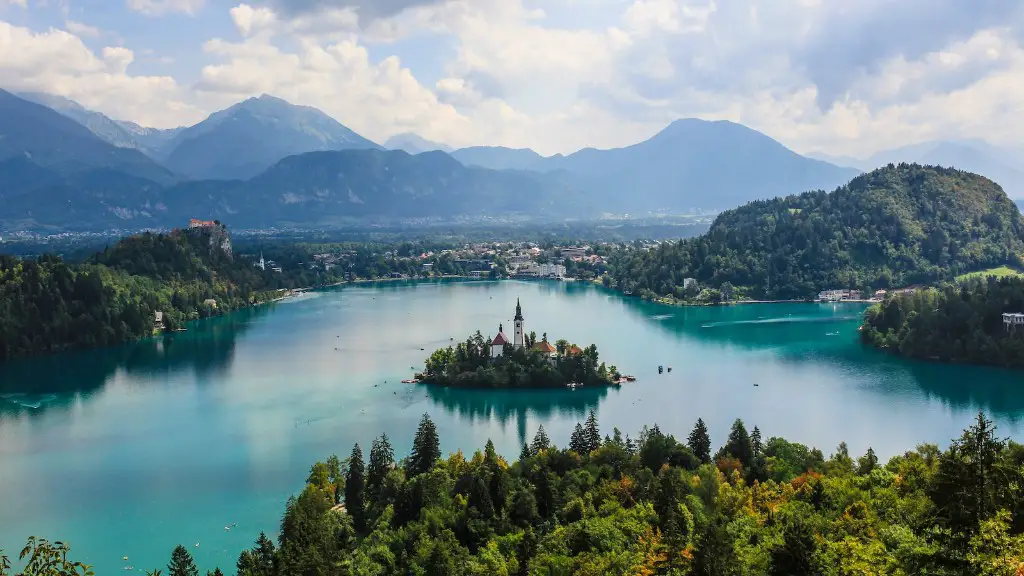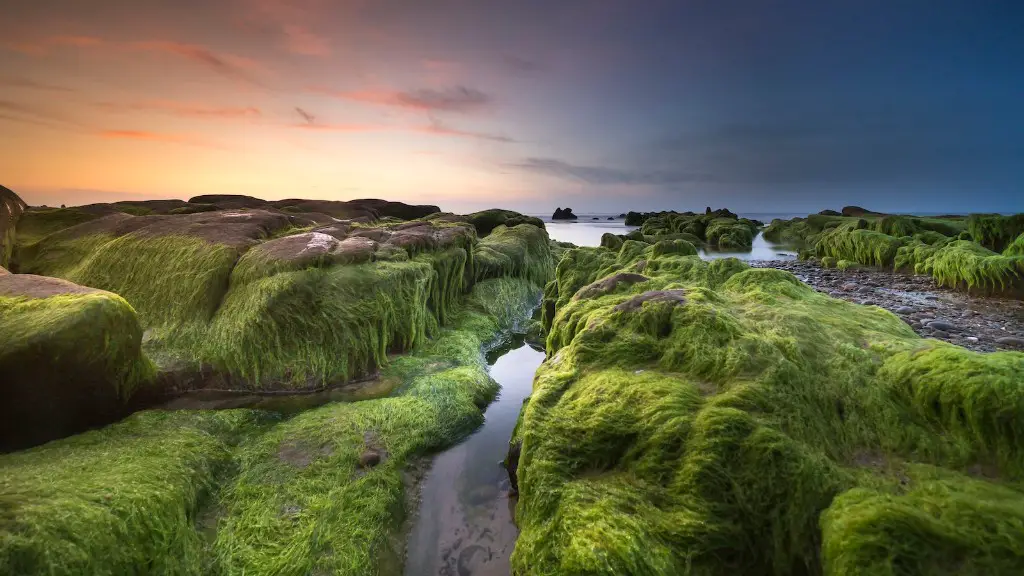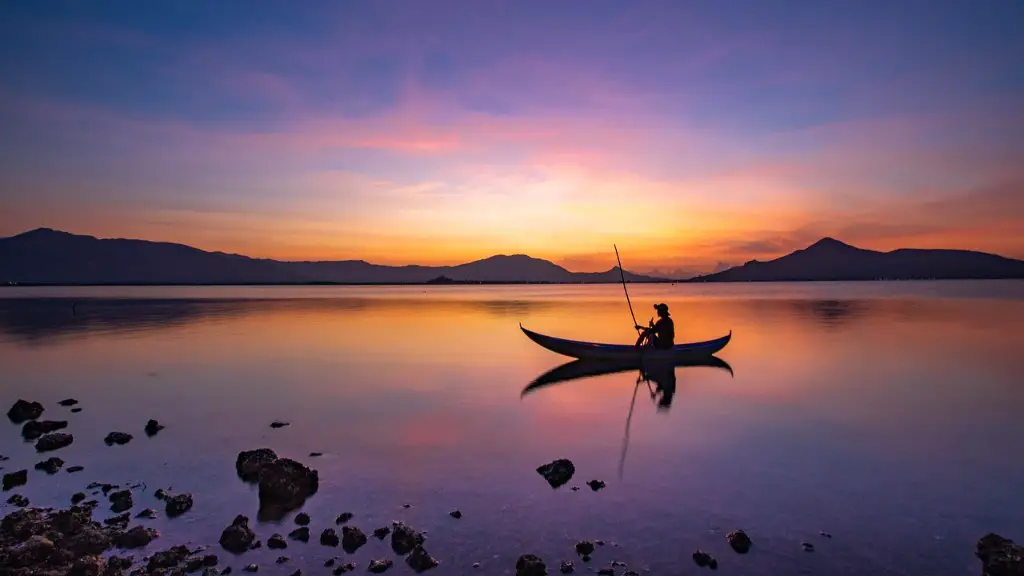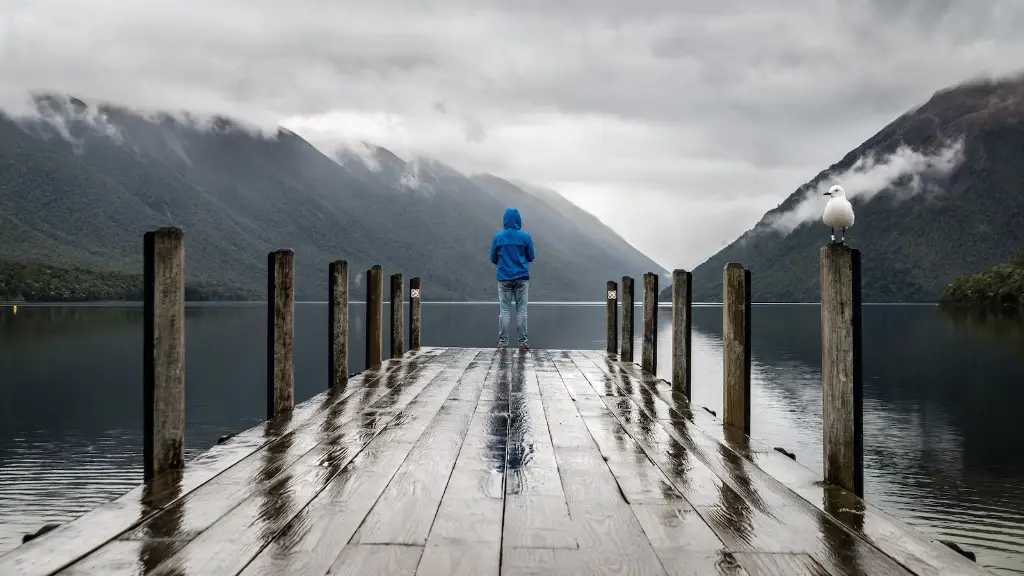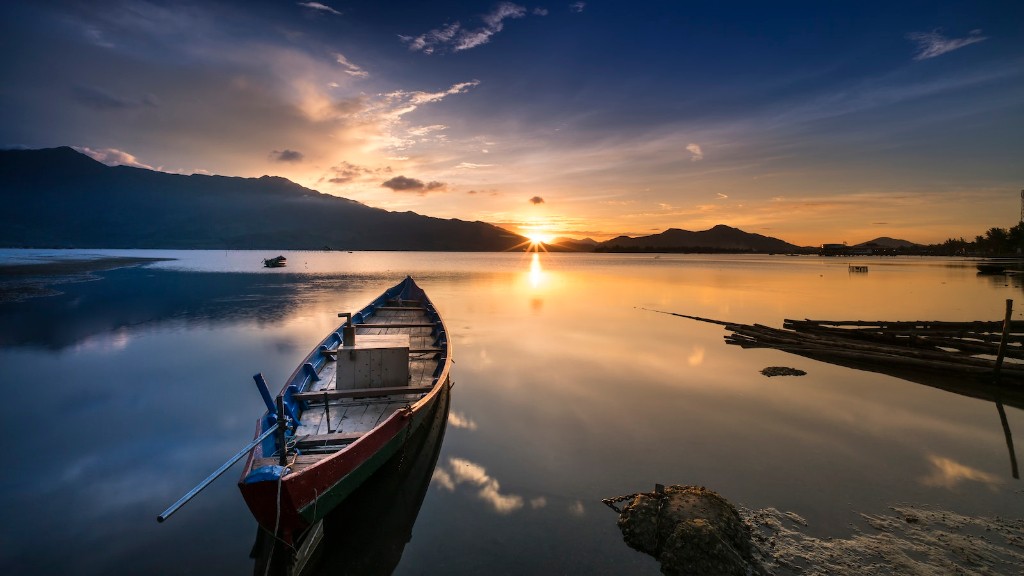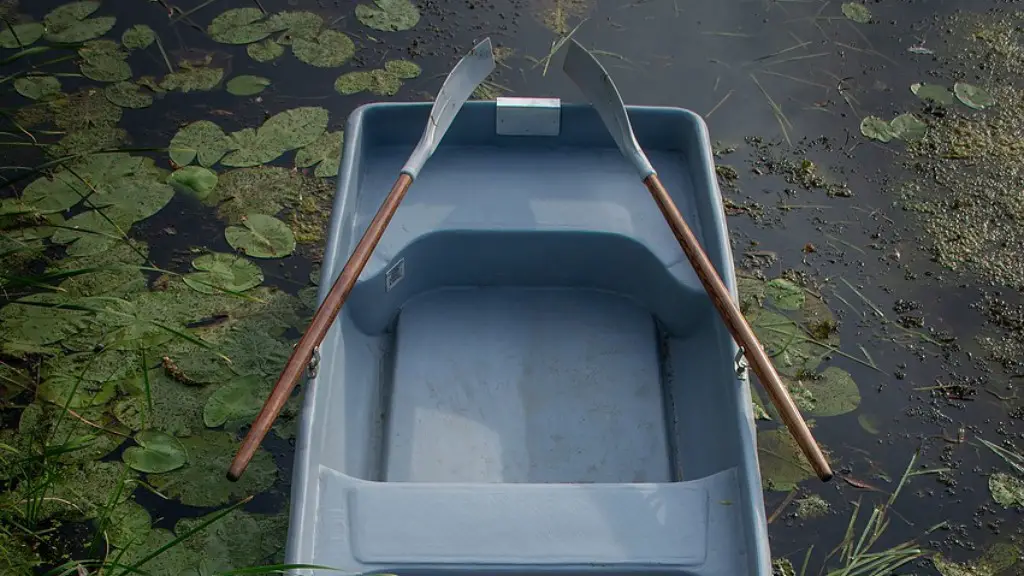Crater Lake National Park is located in southern Oregon and is the state’s only national park. The park is home to Crater Lake, which is the deepest lake in the United States and is known for its intense blue color. The lake is actually a volcanic crater that was formed 7,700 years ago when Mount Mazama erupted and then collapsed.
Crater Lake National Park was formed when a massive volcano, Mount Mazama, exploded and collapsed about 7,700 years ago.
How did Crater Lake get filled with water?
Crater Lake is a beautiful lake located in the caldera basin. It is filled with rain and melted snow that fell within the basin. The lake is isolated from surrounding streams and rivers, thus there is no inlet or outlet to the lake. Its primary input is from annual precipitation in the region.
Volcanic crater lakes are created when magma is ejected from a volcano and the resulting cavity is filled with water. These lakes can be found all over the world, in both small (maars) and large (calderas) form. Many of the most famous ones are located in the Eifel region of Germany, the Auvergne region of France, Indonesia, and central Africa.
Was Crater Lake formed by an earthquake
Crater Lake is a beautiful lake that was formed by the collapse of a volcano. The lake is very deep and has clear blue water. The lake is a popular tourist destination and is a great place to go for a swim or hike.
A caldera is a large, bowl-shaped depression that forms when a volcano collapses in on itself. Calderas can fill with water to form lakes, as is the case with Crater Lake in Oregon. Crater Lake was formed about 7,700 years ago when a massive eruption caused the mountain to collapse in on itself. It is estimated that it took 460 years for the lake to fill with water, but this number could be higher or lower depending on precipitation rates.
What lives in the bottom of Crater Lake?
It’s amazing that these colonies of moss and bacteria are thriving at the bottom of Crater Lake, where there are almost no nutrients. This discovery perplexes researchers because it’s not clear how these organisms are surviving. It’s possible that they’re getting nutrients from the rocks at the bottom of the lake, or that they’re somehow able to extract nutrients from the water itself. Whatever the case, it’s clear that these organisms are finding a way to thrive in a very hostile environment.
Crater Lake is one of the snowiest places in America, averaging 43 feet of snow per year. This means that there are only a few months when people can swim in the lake, typically from June through September. Visitors should be aware of the extreme winter conditions in the region and plan accordingly.
Is Crater Lake natural or man made?
Crater Lake is an amazing geological formation, formed by the fall of a volcano. Mount Mazama, a 12,000-foot-tall volcano, erupted and collapsed approximately 7,700 years ago, forming Crater Lake. The lake is incredibly deep, with a depth of over 1,900 feet. The spectacular scenery and scenery of Crater Lake make it a popular tourist destination.
Crater Lake is a stunning example of a caldera-formed lake. This type of volcanic depression is created when a large volcano collapses in on itself, and Crater Lake is no exception. Formed by the collapse of Mount Mazama approximately 7,700 years ago, this 12,000ft volcano was the site of an enormous eruption. The resulting caldera is now filled with the beautiful Crater Lake.
Will Crater Lake erupt again
Crater lake is a very popular tourist destination because of its long history of volcanic activity. The most recent eruptions occurred on the lake floor in the western part of the caldera and future eruptions are more likely to occur in the same area than farther east. However, the chances of another eruption happening are relatively low and overall the lake is considered to be safe for tourists.
Crater Lake is a stunning example of the power of volcanoes. It lies inside the collapsed remnants of an ancient volcano known as Mount Mazama. Its greatest eruption, about 7,700 years ago, was the largest to occur in North America for more than half a million years. Crater Lake is a reminder of the awesome force of nature and the importance of preserving our natural heritage.
Is Crater Lake a cinder volcano?
Cinder cones are formed when magma ( molten rock) is ejected from a volcano, and the resulting ash and cinders form a cone-shaped hill or mountain. Wizard Island in Crater Lake, Oregon is a cinder cone. Wizard Island’s crater is less than 500 feet (150 m) wide and is about 70 feet (20 m) deep.
Crater Lake is an active volcano, but is not currently dangerous. It is located in Oregon, USA.
When was the last time Crater Lake exploded
Crater Lake is a beautiful and peaceful place, and it’s amazing to think that it was created by a volcanic eruption! It’s been over 4,800 years since the last eruption at Crater Lake, and the volcano has remained quiet since then. This has allowed sediment to accumulate on the lake bottom, creating a unique and fascinating environment.
The park’s water claim for the lake is for the preservation and protection of all natural habitats and the conservation of scenery. Consuming Crater Lake water would conflict with the park’s mission to preserve the lake. It is not for human consumption.
What is the deepest lake in the US?
Crater Lake is an amazing place! Not only is it the deepest lake in the United States, but it’s also one of the deepest in the world. The views from the top are breathtaking, and the lake itself is so peaceful and serene. It’s definitely a place worth visiting!
There is only one place where it is safe and legal to swim at Crater Lake National Park and that is the Cleetwood Cove Trail. The trail usually opens mid to late June.
Warp Up
The national park was formed around a volcanic crater that was created when Mount Mazama erupted around 7,700 years ago.
The national park was formed when the crater of a volcano collapsed. Over time, the crater filled with water from rain and melting snow, creating the lake.
